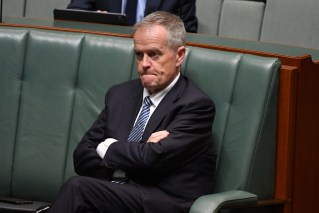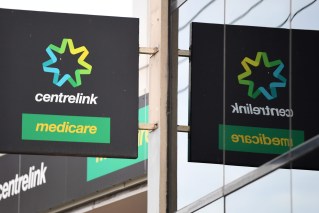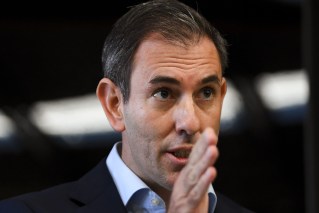High-tech vision, but futuristic suburb warns of traffic road block
Developer Sekisui House has released its vision for the Ripley Town Centre that includes electric car-share schemes and a private energy network but warned it that road and rail links were already clogged.

The planned Sekisui Town Centre would have a shared energy generation scheme
The burgeoning $1.5 billion master planned development south west of Brisbane is expected to have a population of 133,000 by 2036 with growth of about 27 per cent a year over the next five years.
It was declared a priority development area by the State Government in 2010.
Sekisui House senior development manager Taku Hashimoto said the vision paper had an aim for a net-zero energy community where residents, retailers and commercial operators could sell excess energy created by their asset to other players within the community and capitalise on another income stream.
Sekisui has brought in WINConnect to build a private, community energy network, which would allow residents to generate and use power and purchase any additional energy required to operate at wholesale rates. The energy network had the potential to be the largest in Queensland and feed into the community’s circular economy model.
“Our aim is to enable residents and commercial partners to reduce their living and operational costs, and save money on not just utility overheads, but also on commuting costs and unnecessary infrastructure,” Hashimoto said.
“In turn, residents, retailers and commercial operators will reap the benefits of a greater local spend, sharedsustainable infrastructure and affordable utilities.
But there were warnings in the vision paper.
“The current public transport services and infrastructure will not be able to cope with future transport demand,” it said.
“Without suitable changes and upgrades, both road transport and public transport will operate beyond capacity along key regional corridors.
“Without further investment, beyond the current planned investment strategies, the growth of public transport use is anticipated
to plateau after 2032.
“These outcomes are expected to have negative impacts on Ripley’s ability to grow sustainably, compete globally and achieve high-quality living outcomes.”
Sekisui said a key to the success of the masterplan would be the delivery of the Ipswich Central to Springfield Central Public Transport Corridor which link the region and provide the much-needed connectivity to Ipswich, Springfield, Brisbane and beyond.
“Early provision of the rail line in Ripley will be vital to lead and sustain all communities in the region, and provide affordable transport choices that improve people’s access to services and employment.
Sekisui also plans a private electric car sharing model that would be owned and operated by the residential or commercial building. It said the scheme was similar to public car sharing models, but the benefits remain with the body corporate and the buildings’ occupants, saving costs on car ownership and car park infrastructure costs.
There was also a proposed private shared guest apartment scheme which would allow residents to book the guest apartment located in their building for their guests as part of the body corporate offer.
“It enables residents to ensure the space they live in suits their everyday needs without having to maintain a guest room within
their apartment,” Sekisui said.












